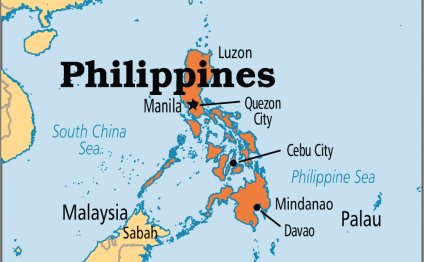
Where is the Philippines?
Why should policymakers-whose primary responsibility is the stability and integrity of the financial system-care about financial inclusion?
Only two out of 10 Filipino households have access to a simple savings account. So for the Philippines central bank, the answer seemed obvious: “It’s a two-speed economy, ” says Deputy Governor Nestor Espenilla Jr. in this interview. For a central bank to be relevant in such an environment, says Espenilla, “We needed to connect our work with the important objective of including people in the financial system.”
More and more policymakers are now recognizing that financial exclusion is a risk to political stability and impedes economic advancement, and that financial inclusion measures can complement, not undermine, financial stability, financial integrity, and consumer protection.
Mindful of their responsibility to maintain the safety and soundness of the financial system, and to prevent exploitation of customers, the Philippines central bank has worked to develop appropriate regulations that conform to the principles espoused by international standards. At the same time, the central bank creates space for the private sector to develop new products that cater to the requirements of the poor.
Bangko Sentral ng Pilipinas has set out to work closely with the private sector to encourage competition because they see the private sector as key to innovation. “We have positioned ourselves as regulators to study closely these innovations… let them test new ideas, and learn from those ideas, ” says Espenilla.
Thirty-seven percent of municipalities in the Philippines operate without a banking office but mobile phones have an 80% penetration rate, with most customers being active users. The central bank saw this as a distinct opportunity. Regulation has now opened up the opportunity for telcos to compete with banks to deliver mobile money services through a dedicated subsidiary. Competition from telco-based remittances has not only enriched the variety of services available; it has also been an important driver in lowering the prices of remittances for customers-a critical issue in an environment where remittances are such an important part of the economy. (External remittances alone make up 10% of GDP and internal remittances between family members working in urbanized areas sending to beneficiaries in the provinces are a significant part of daily life in the Philippines.)
“The mere entry of competition, ” says Espenilla, “has improved the cost and quality of services and that is really a big win.”
RELATED VIDEO


Share this Post
Related posts
Where to go in the Philippines?
Rising to 2, 954m (9, 700ft) in the centre of Mindanao, Mount Apo (‘Grandfather’) is the highest peak in the country and…
Read MoreTourist Guide in the Philippines
Whenever a foreigner asks me for recommendations, Bohol is always in my top three. The reason is simple: a wide array of…
Read More










